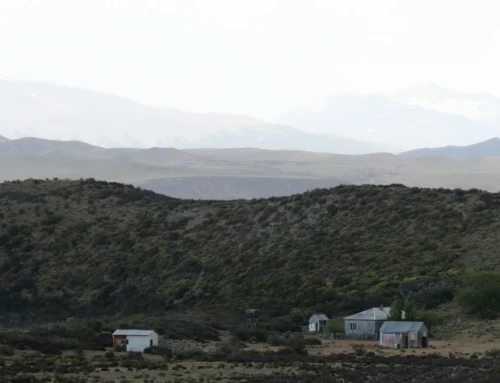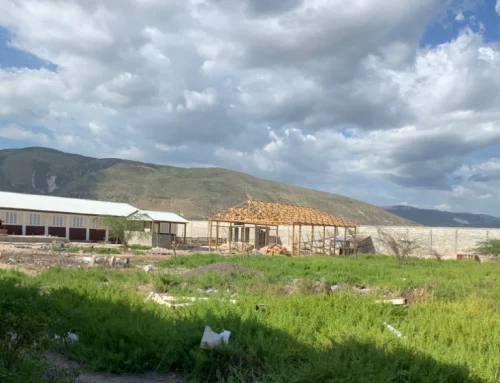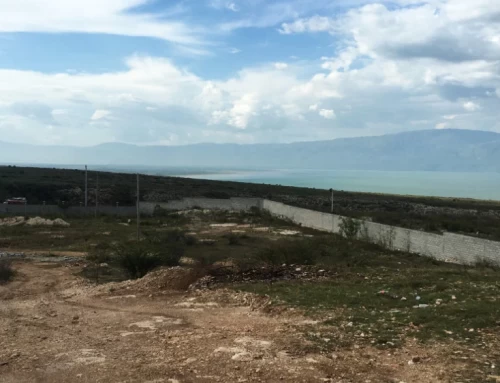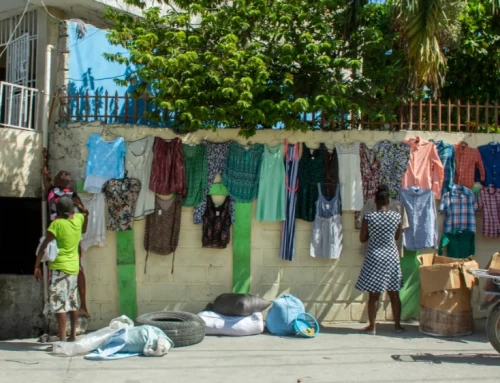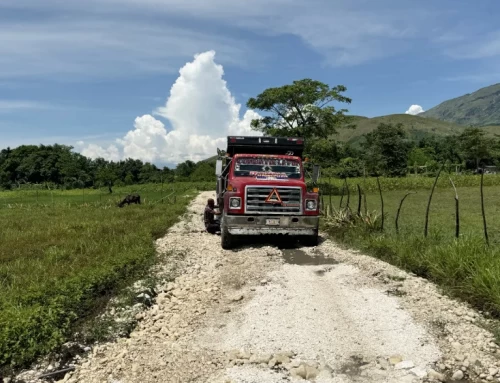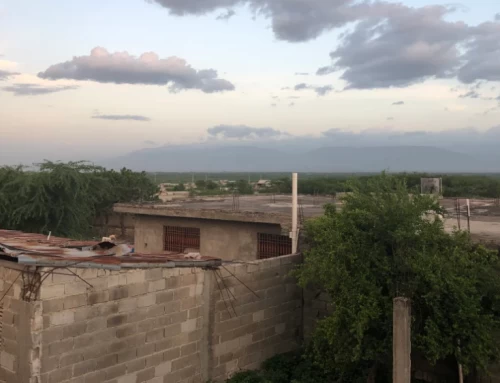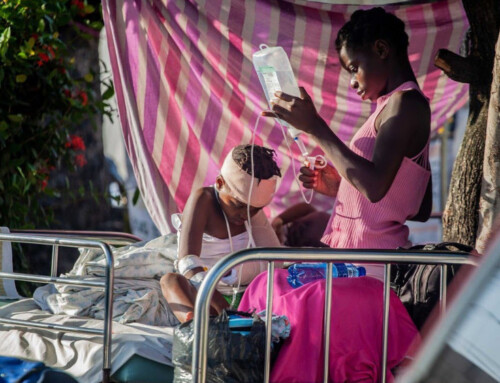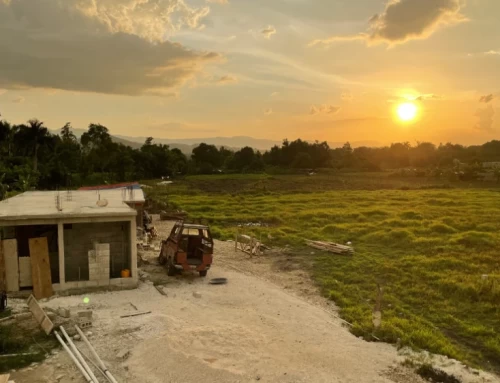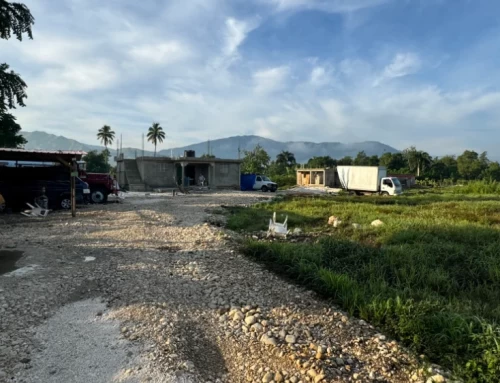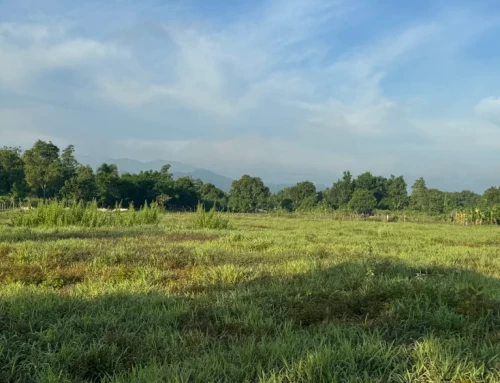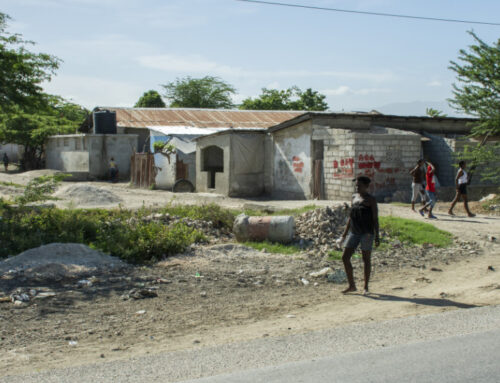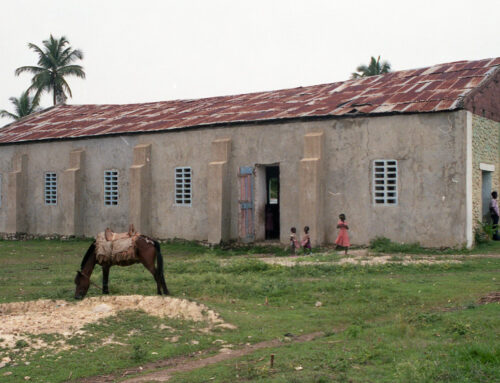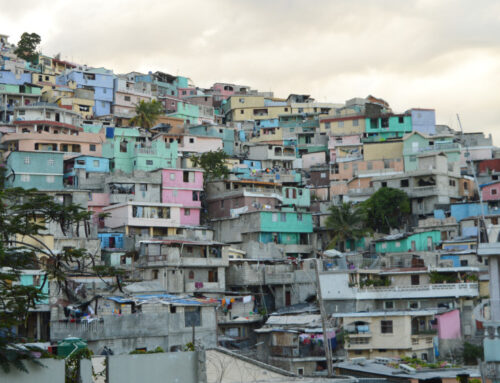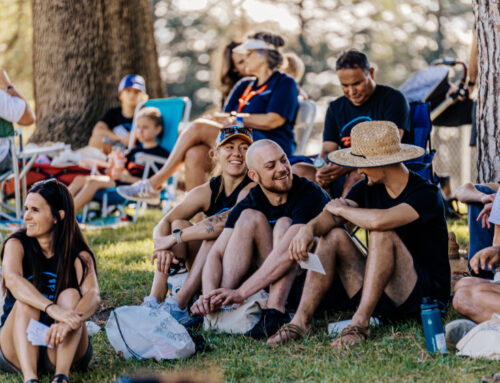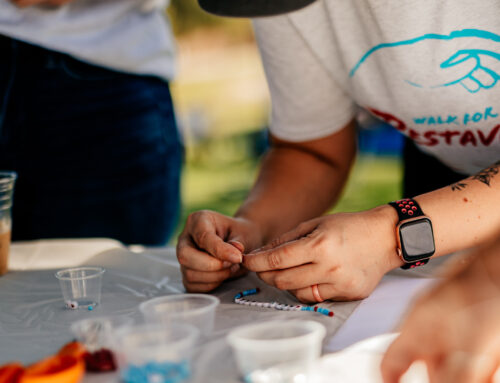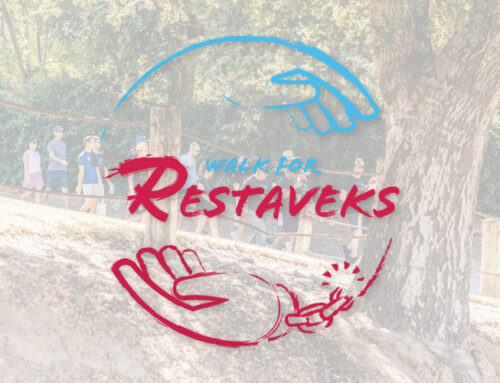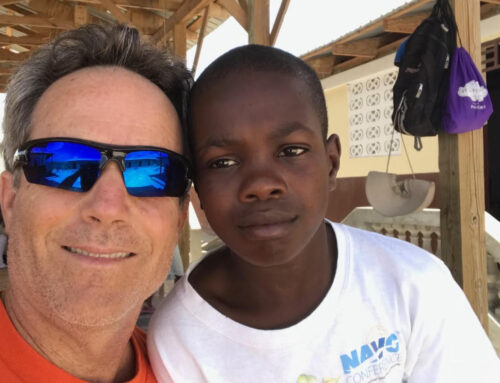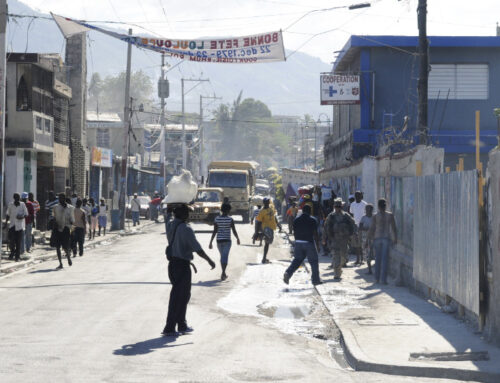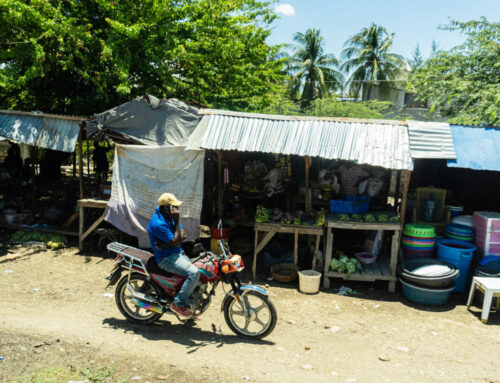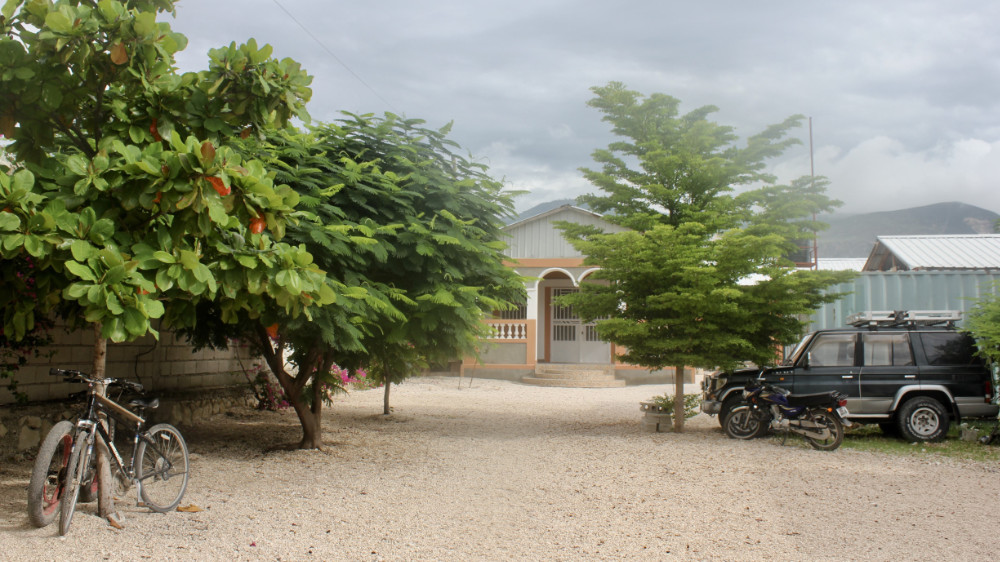
We shared recently about the difference between our Children’s Homes and typical Haitian orphanages. What you might not know is that there are hundreds, maybe thousands, of traditional orphanages in Haiti. One startling aspect of these orphanages is that many end up being used as money machines. Haitians will go to the States, plead for support for their kids, then siphon money off the funding they receive before it ever reaches the children. In many cases, orphan care can become a lucrative business.
To make matters worse, the kids are often under-fed and under cared for. Frequently, dishonest staff will tell donors they have close to 100 kids when they really have twenty, and they’ll take pictures of any kids they can find, even kids on the street, to use as documentation. There’s a lot of fraud that happens in these orphanages, and that was another reason we wanted to distance ourselves from the typical orphanage model. From the start, that’s also been a driving factor in our desire to bring teams from the US to Haiti. Our supporters know we’re legitimate, and the community in Haiti knows our homes have accountability beyond their own internal staff.
Another difference is access to medical care. In a typical orphanage, medical access is limited. If a kid has a need, the staff have to take them to a clinic or a hospital—this means an additional cost on the orphanage, not accounted for in routine costs of care. Because of this, many children are under-served aside from critical health needs. On the other hand, we have a clinic onsite at our compound, which means we can take kids from our Children’s Homes there for immediate care anytime they might need it. If the need is beyond our clinic’s ability, then we’ll take them to the hospital, but already the bar for access to healthcare is much lower. The goal in other orphanages is to run things as cheaply as possible, which usually means cutting corners in areas like medical care.
On top of all this, the staff of a typical Haitian orphanage is not thoroughly vetted, or necessarily even qualified for their work. The staff at our Children’s Homes are not only vetted, but they are all under an extra level of authority in the form of the local church. One of our goals in being church-centric is to affirm the God-given safeguards against disorder and trouble in society. The church is a beacon of protection.
Beyond the practical benefits of being church-centric, this model also folds our children into the local church. When we started our first Children’s Home, it was one of our deepest desires that our kids would not grow up separate from the church, but that church would be a typical part of their life. As a result, many of our kids have a saving relationship with Jesus Christ, and they all experience the peace and joy that comes from living in community the way God designed it. No system is perfect, but we believe God gave us His best in the form of the local church.
To learn about the restavek situation in Haiti and how you can help, watch our short-film, FOUND.
Share This Story!
Join Our Email List!
Get our blogs delivered directly in your email, don’t miss an opportunity to read about our mission to save children and bringing the Gospel to Haiti.

